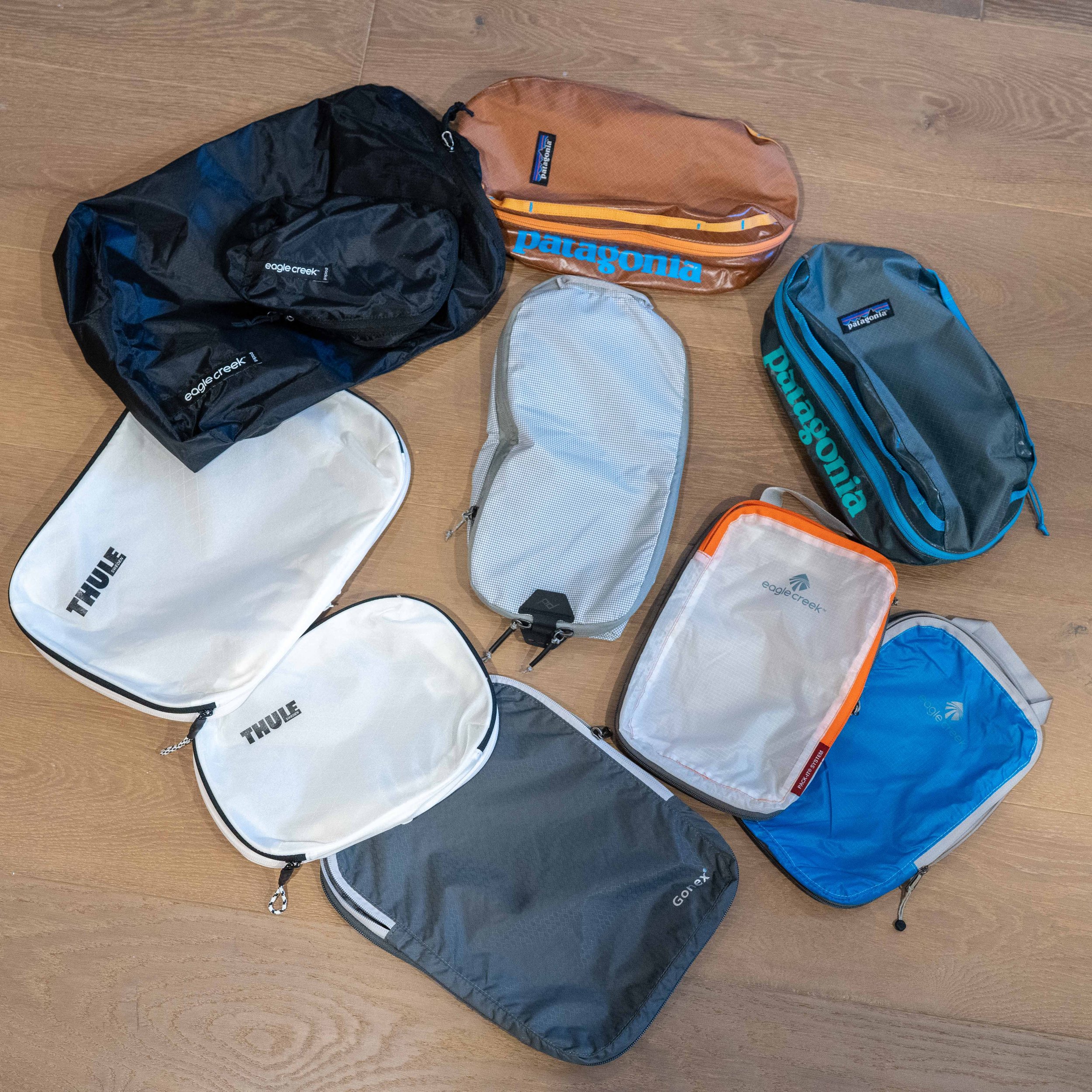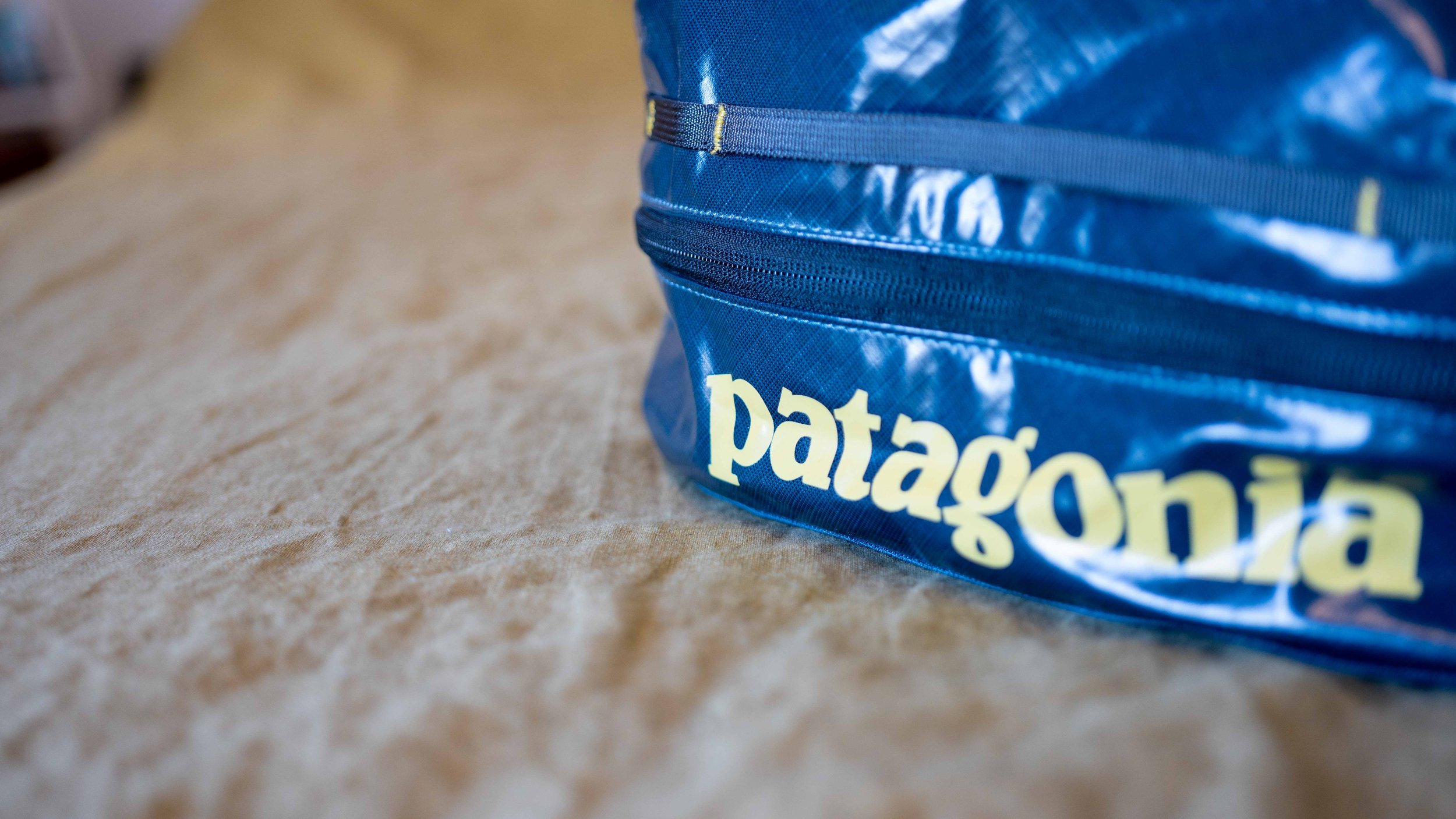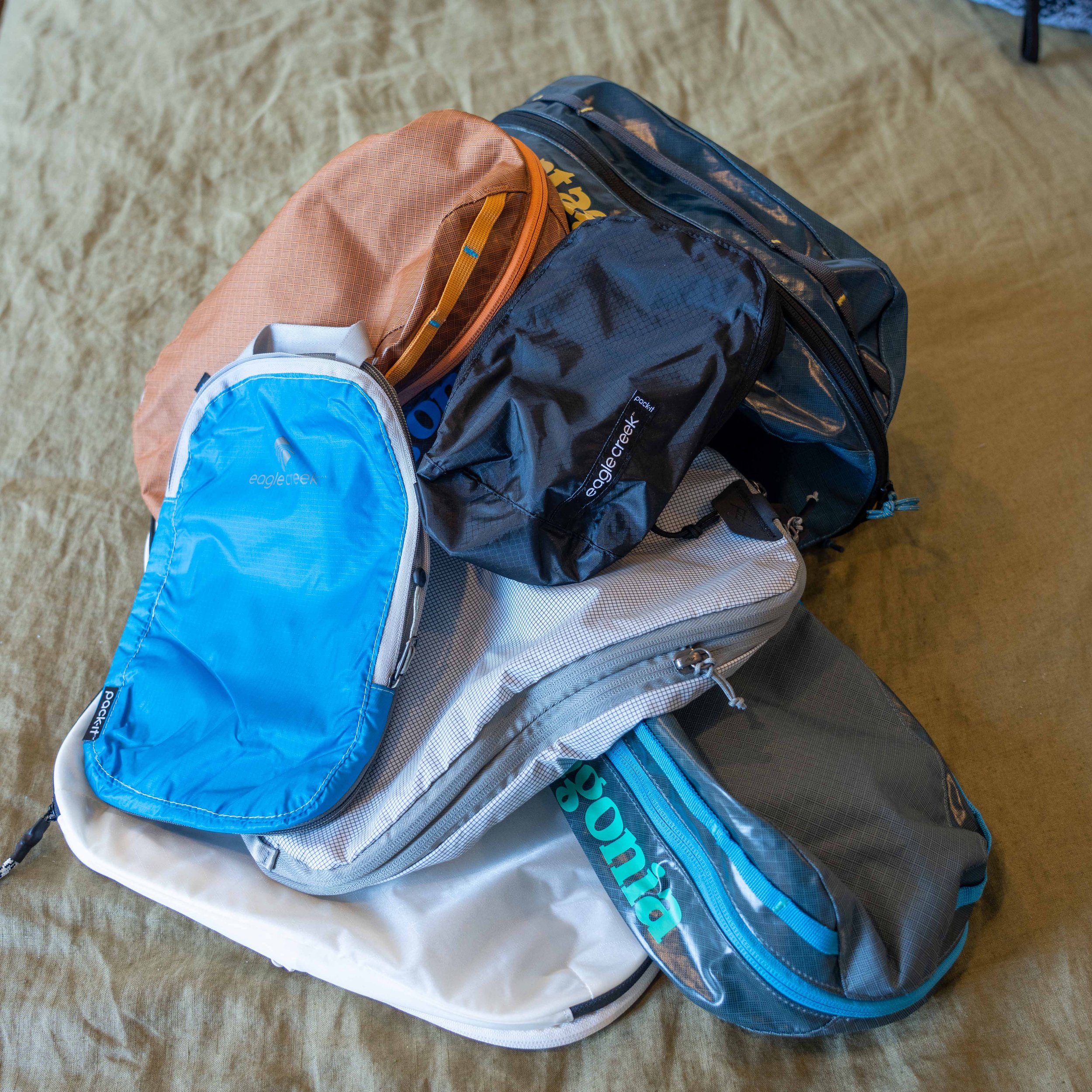Packing Cubes Comparison
I compare a few brands to help you decide which packing cubes you might want to add to your collection for when you travel.
Comparing Packing Cubes Introduction
Welcome to Part 2 in my quest to help you out with Packing Cubes. This one comes, in part, directly from the Reddit forums where I was just noticing over and over how many people were posting - “What packing cubes should I get?” type questions. Frankly, I can see why they do. People are often paralyzed with choice and tend to overthink and overanalyze this kind of thing.
There’s no way to answer every single question in one article nor is it possible for me to cover every kind of packing cube under the sun. There are just too many of them.
That said, my goal here is to walk you through some of the options and why you might want to use them. I’m going to highlight some of the brands I like directly, as well as a couple I’ve picked up because they are popular with the travel crowd online and I thought that might help to get some visuals on those. And hey - maybe even layer my own thoughts onto the facts, eh? Wouldn’t be an AW article without that. So here goes.
This is Part 2 in my Packing Cube series and will focus on the different kinds as well as a few brand comparisons. The Eagle Creek I’ve owned for years (the Eagle Creek Spector for around 9, believe it or not). At the end, I’ll also highlight a couple of branded cubes just so you can see them and give a quick opinion.
As always for full transparency, every packing cube highlighted in this article was purchased with my own money over a number of years of travel. I do use affiliate links which help to support the site if you decide to use them to make a purchase, but you’re under no obligation to do so and there’s no additional cost to you. Thanks for stopping by!
-Need travel insurance? As an American, our health care system is complicated and your regular insurance might not cover you abroad. For international travel, I’ve been using World Nomads for years. They have adventure packages that cover most hiking and even ice hockey. Be sure to read all the coverage information (it’s laid out very well on the site) to make sure it’s right for you, but be sure to give them a look. I find their rates quite competitive and the quotes are free! -
Packing Cubes Comparison Overview
If you’re here, that means I don’t think you need any help with “What Is A Packing Cube”. If you do, head on over to my previous article here: Packing Cubes For Travel. That will give you all the background you need and help you begin your journey.
For this one, we’re going to cover various types, styles, and shapes (which can be as varied as the colors). For each area of description, I’ll also mention the particular brands that I have on hand and how they fit into each of these categories. I figure that will cover a good amount of theory and practice as we go through this. Deal? Deal.
So what else are we looking at? From a feature perspective, there are three main features: weight, materials/build quality, and functionality (compression, clean/dry, etc.). They vary heavily across brands, and the ones I have here are no different. We’ll see the spectrum firsthand.
Some of these also have a few not-so-common features, too. I’ll be sure to highlight those in case they are the differentiators you’re looking for. Let’s dive in.
Brands I’m using in the discussion: Eagle Creek (The OGs), Patagonia Black Hole, Thule, and Peak Design (a boutique darling in the online packing cube discussions).
Also the reason I’m not showing these packed or in a bag - is because unless you pack the same thing as me and use the same bag as me, your setup will look completely different. This is just to get you an overview of the cubes themselves. How we all utilize them will vary.
Features: Packing Cube Size/Style/Weight
Let’s start off with style, size, and weight. I’m going to lump this all into one. Of all features, these are probably going to be the biggest deciding factors for you from when you start to when you finish your evaluations. Packing cubes are ALL OVER THE PLACE when it comes to these so I think it’s also the biggest pain point for the indecisive types. Do I need them to be extra durable (which adds weight)?. Do I need them to be ultralight (which hurts durability)? Do I need them to be purple (maybe)? You get the picture here. The one thing I wouldn’t get too hung up on: What packing cubes should I get for XYZ bag? This might be controversial to some but I really, REALLY don’t think you should spend much time on this unless you just want to get the same brand packing cube as your bag. This isn’t to say there won’t be some scenario on some bag where a certain type of cubes won’t work that well (How’s that for a caveat, you Internet Gotcha Police). But I think it’s just going to drive you nuts. I’ve got cubes from all sorts of brands and never had a real issue. The Bagtris (Bag Tertris, get it? I’ll show myself the door…) is part of the fun.
From a size and shape perspective, I don’t really care as I just work with what I have. I typically go for the variety packs which gives me options. That’s all I want really - options. What I tend to NOT want - are the large sizes. These might be good for bigger suitcases but we’re focused on Onebag Travel here - so those might as well not exist in my world. They can be wider than the backpacks many of us use, so that’s the only time it might matter. I also think the larger sizes work for those that just want one packing cube - but in that case I kind of think that’s what my bag is, no? I want the packing cubes to segment WITHIN my bag. Most brands have various sizes, and I think Eagle Creek does the best with an overall variety of sizes and shapes. So, pick out individual cubes in a variety of sizes that intrigue you, or look for the variety packs to get them all at once.
The grouping I have really does run the gamut here. The Eagle Creek cubes that I own come from their old Specter line and are wicked lightweight in material. The Gonex Cubes are a little heavier. Then, the Thule goes from there as I think they are a 100D. Peak Design is probably inline with the Thule, though maybe one notch below. The Patagonia are by FAR the heaviest and beefiest but what can I say - I love their materials and colorways.
For build quality, Gonex might feel the cheapest but by no means does that mean actually cheap quality. I think the value is there for what you pay and what you get.
Lightest: Eagle Creek
Size Variety: Eagle Creek
Best balance of build and weight: Thule
Most durable: Patagonia by a landslide.
Oddest and Maybe Inconvenient Shapes: Patagonia
Features: Packing Cube Materials
Material choices sort of play into the previous discussion, but these are also going to be a deciding factor in what you get. Handfeel, weight, etc. are all important to individuals. Packing cubes are ALL OVER the map here. Heavy duty, ultralight, in-between, no-name material, self healing (you read that right, I see you Peak Design). Just in this batch alone we’re looking at ultralight ripstop, heavier weight ripstop, anti-microbial polyester ripstop, Bluesign 100D ripstop nylon, self healing 70D nylon/poly blend, recycled polyester ripstop. So…yeah. It’s a lot to keep track of.
Unless you’re someone that is looking for something very specialized (like maybe you need the durability for some gear or full waterproof) - I’m going to go ahead and say that I wouldn’t get TOO hung up on this. Again, outside of some special use case or special personal belief in a material type (like Bluesign appeals to you).
On this box check - I just stick with brands I know and that can be trusted. Typically you’ll get the same quality you’ve come to expect from their other products and it’s a company you can also trust to back up their products because they are established brands. At least, we can hope. I’m sure someone always has a horror story about every brand. Can’t win ‘em all.
When it comes to material, don’t lose your mind over it except to cut weight or for gear/durability requirements.
Heavyweight Gear Winners: Patagonia Black Hole or Eagle Creek Gear cubes (not pictured here).
In-Between Winners: Thule again, for most of the same reasons as above. They should handle your needs for rugged trips so long as being used for clothing.
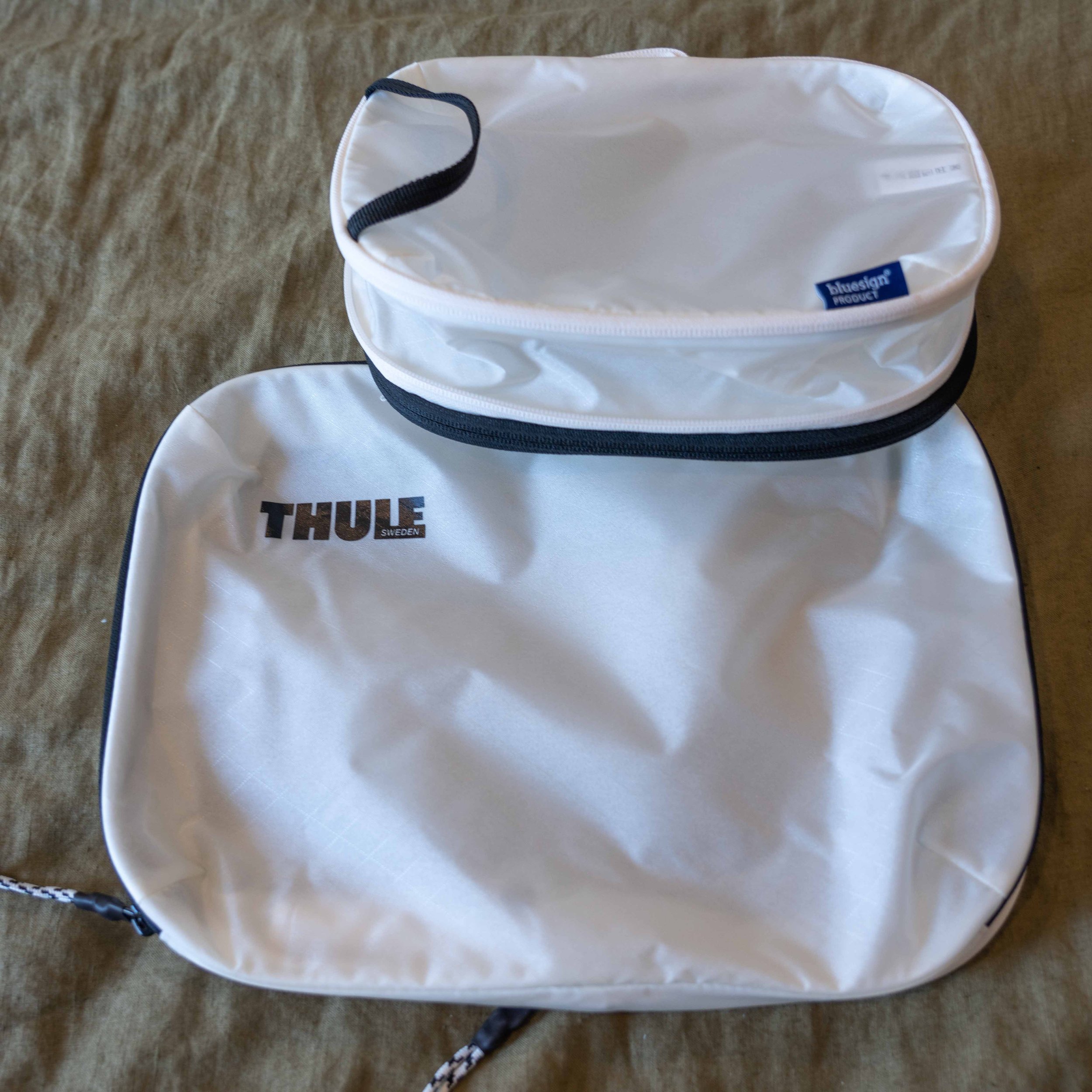
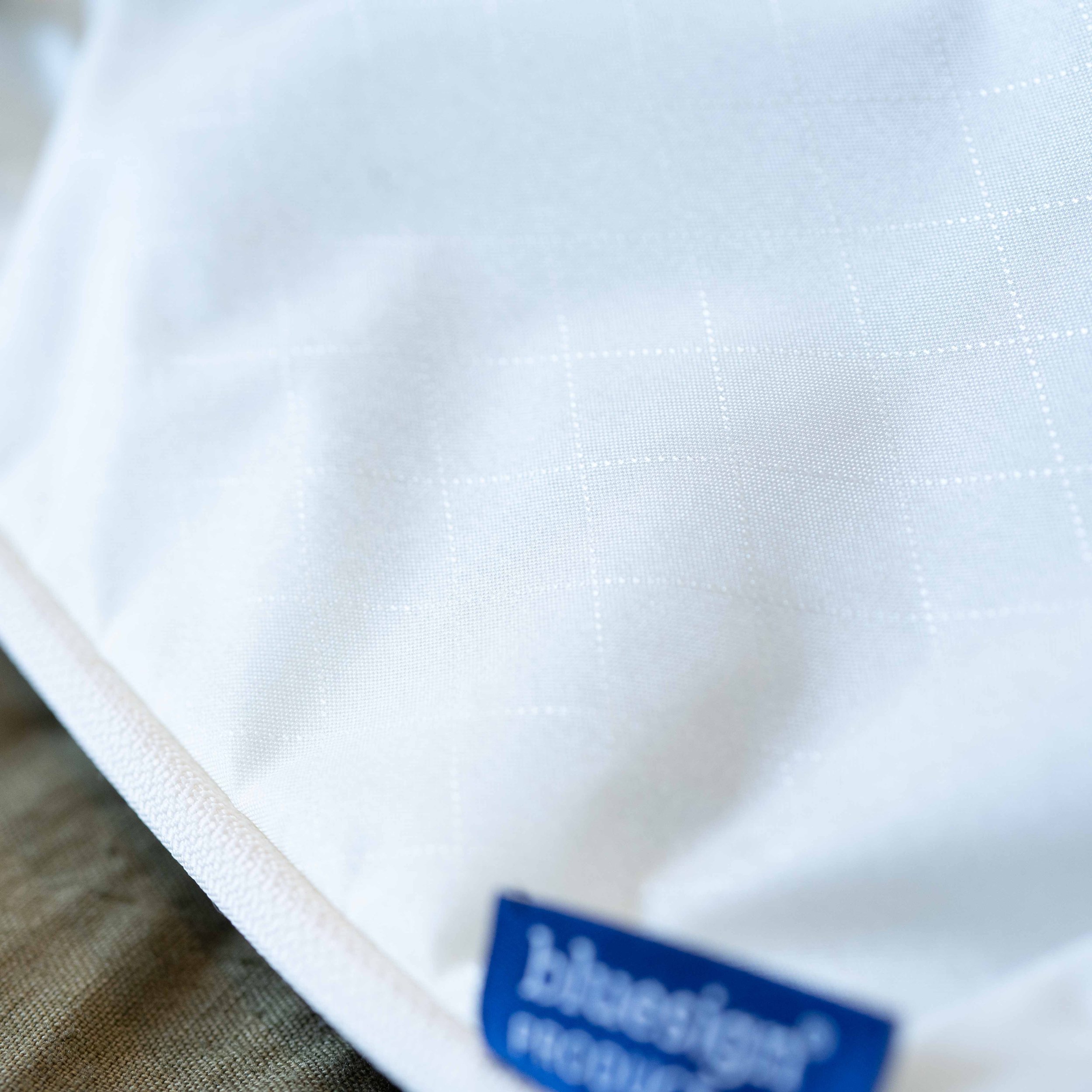
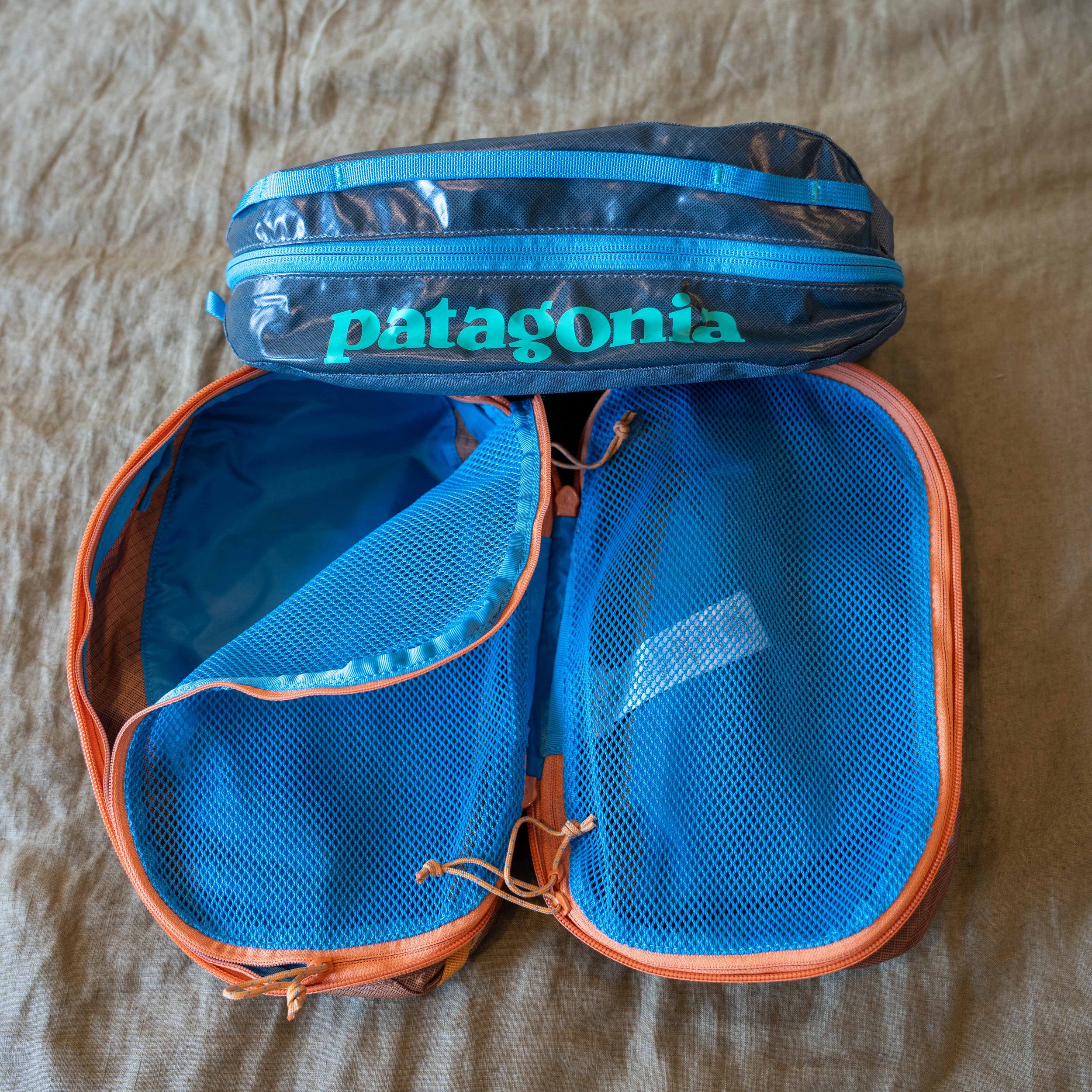

Features: Packing Cubes Functionality
Last up are the features you are going to want to think about. I know packing cubes are supposed to be a simple thing, but humans wouldn’t be humans if they didn’t iterate and increase the complexity of a successful said thing. If you just want a box or a tube shaped piece of fabric with a zipper, then you’re more Zen than many and you can skip this section. Look to Amazon Basics in that case. Or Ikea. Or eBags. Or Gonex (I have quite a few of these and they are a great budget option).
The first big one is compression. Many cubes out there offer compression. In my grouping here alone 4 of the 6 do: Eagle Creek Specter, Peak Design, Thule, Gonex. Essentially this is exactly what it sounds like. You can load up the cube with a compression zipper unzipped, then zip it up to decrease the space used by the package overall. Two things to note here. One, this is not a world beater. Don’t expect miracles, but it does help. I look at it more as a preventative measure. I leave them in compressed form so I can’t take more stuff. That leads to the second point - it can mean you stuff more clothes in than you should. Don’t. Pack smarter, not more.
The next major feature that is very, very common is the ol’ “clean/dirty” configuration. What this means is that they are meant to be used with one side only having your clean clothes in it, then you can begin storing your dirty clothes on that other side as you go. It’s a neat idea and really can help you stay better organized. We can all skip the part where we pull out a pair of socks and need to remember if we wore them already… Consider that problem solved. None of the cubes I’m featuring here have this particular feature in mind specifically, though I do have a set of off-off brand cubes that have it. I’ve never really taken advantage of it though because I never ended up using that set much (bought right as the pandemic hit). You could always use a spare small packing cube for this, too. So, some people might not prefer the built-in version. The Patagonia cubes, being clamshell w/internal dividers, could be used in this way, too. The Peak Design incorporates this as well - all in the same inside compartment. But I wouldn’t call those two the specific “clean/dirty/ cubes.
Compression Winner: Thule
Most Features in One Cube: Peak Design
Most Feature Choices In a Product Line: Eagle Creek
Features: Bonus Packing Cube Design Additions
Next up I did want to make sure I covered some more niche abilities that these cubes can offer. Most of them are just “cool to have” and I think the designers had some fun with them. I really appreciate that kind of thing. To be clear I DO find them useful - if not entirely NECESSARY. Those are two very different things in my mind as a traveler. This isn’t a ranking, per se. More of a collection of notable features you might come across beyond the two biggies mentioned above.
Internal organization. The Patagonia cubes for instance have a two-sided design inside, complete with mesh, zippered dividers. It’s really something. For one it works well to pack both sides and get a two-for-one cube, but also you can use it in a clean/dirty way. Nice. Further, it provides more chances for them to use their wild color schemes which I love. Sue me.
Antimicrobial. The newest Isolates from Eagle Creek are actually treated with an antimicrobial element to help fight odors. Remains to be seen if this helps your clothes from smelling, or just the packing cubes themselves. But I like the effort here.
Features from the future. These are exclusively on the Peak Designs as far as I can tell. But, they are super cool. One, is a pull tab design on one of the zippers that lets you get into the bag in one pulling motion based on a U shape set up. Both zippers just magically scoot down their tracks and it’s open. Very cool. Second, the design wizards over at Peak Design came up with some wild, self-healing fabric for the cubes. Yes you heard me correctly. Self healing. I have ZERO idea how this works but the fabric will heal itself with tiny punctures and what not, so those tiny ones do not become big ones. Let’s be reasonable here though it’s not the T1000 from Terminator 2 and will not mold back together if you rip it apart. OR willllll it? No, no it won’t. Don’t do that.
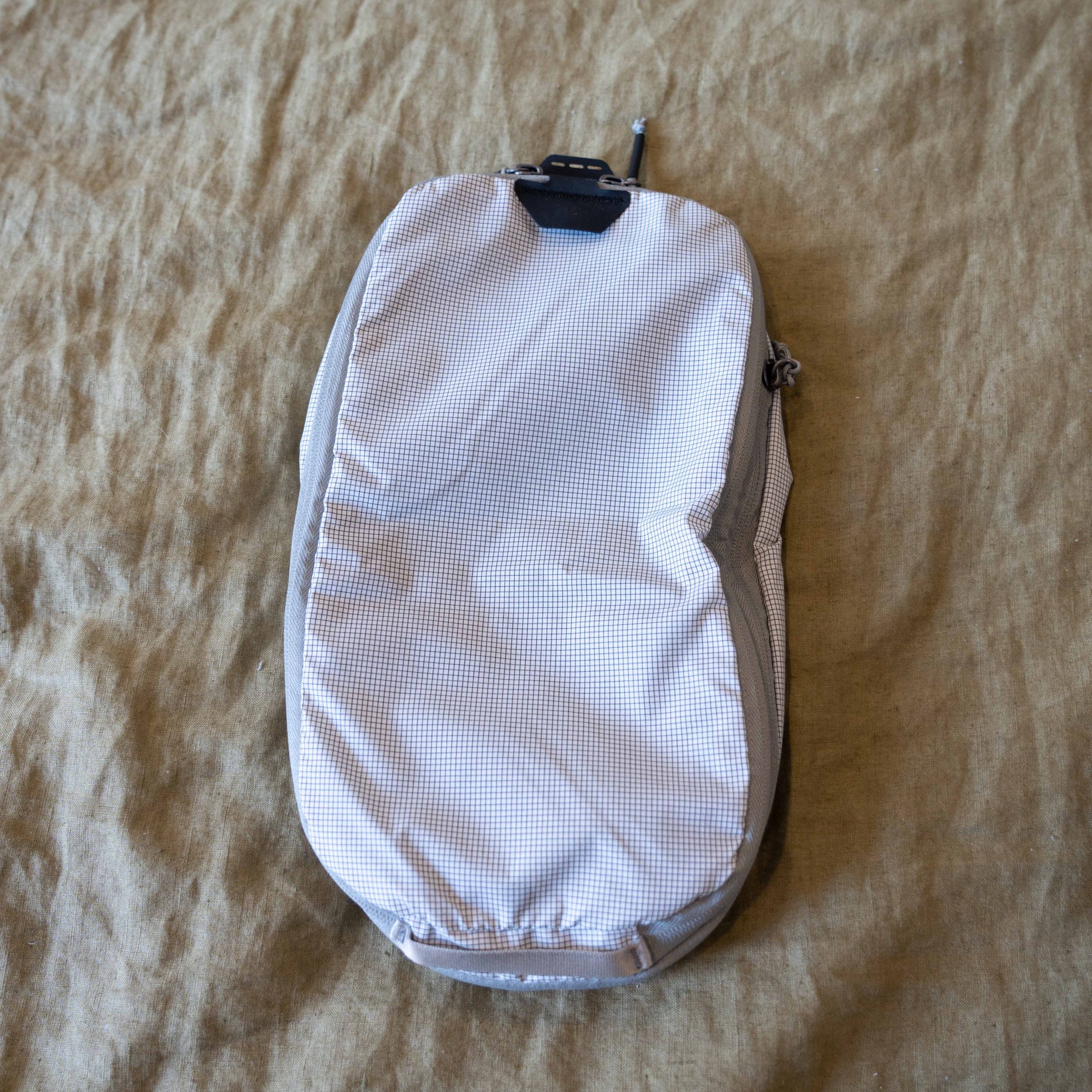
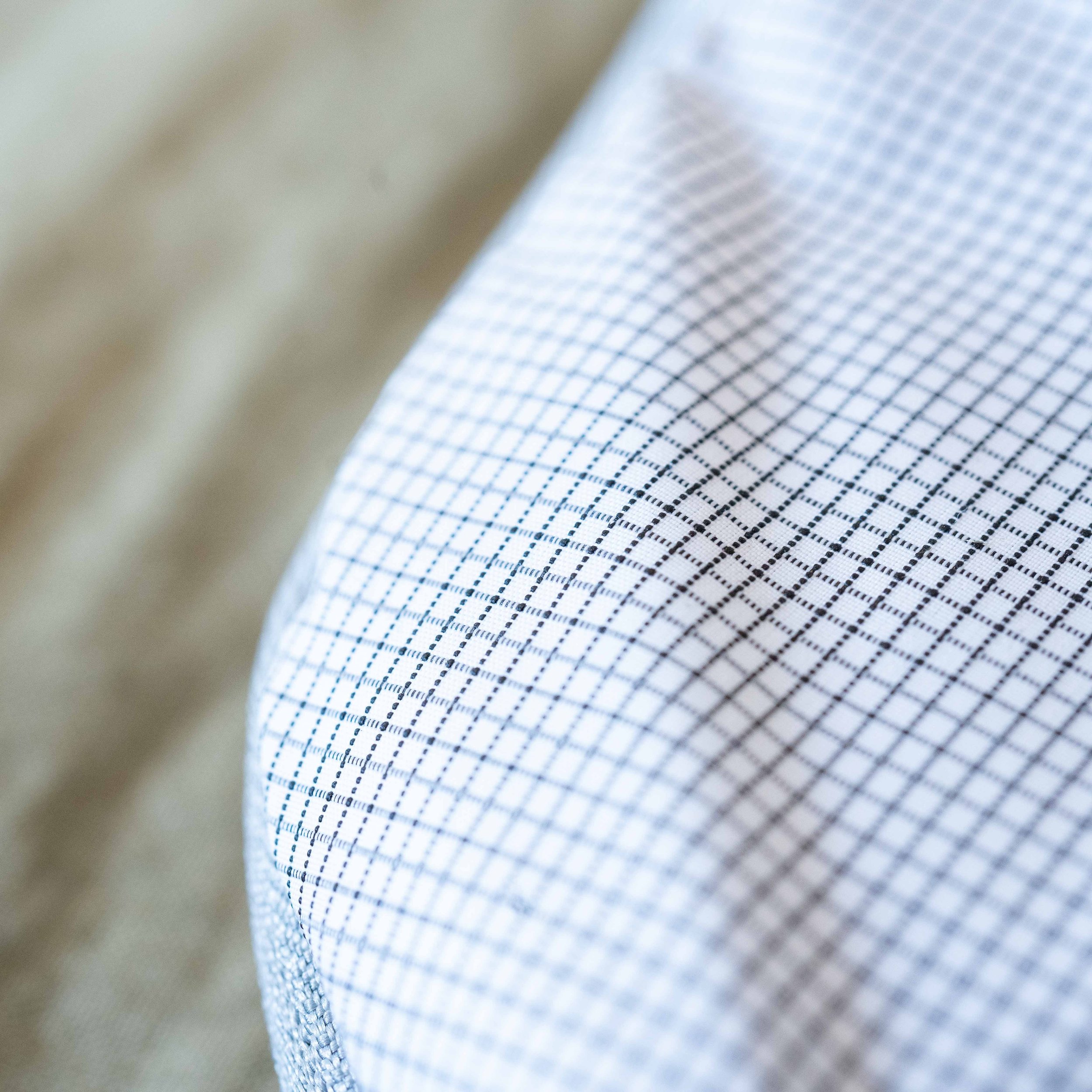

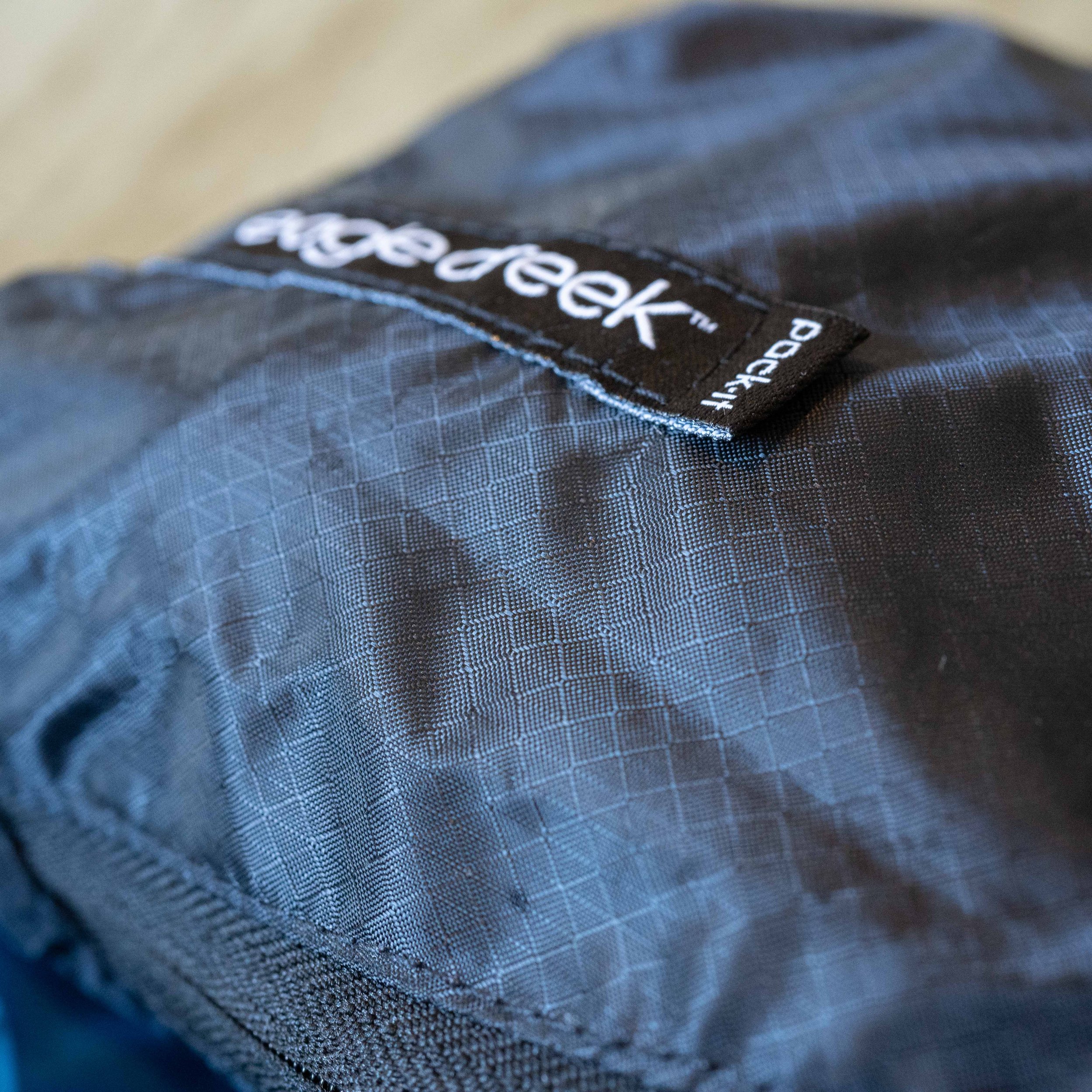
The Bad Things About These Packing Cubes
There are always some issues to think about with packing cubes. I’ll mention some overall issues but also some issues with the ones I have on hand here since that’s the main focus of this article.
For some - packing cubes are solving a problem that didn’t exist. For SOME. Not everyone likes to be super organized nor do they like to spend that much time placing all their clothes into specific containers. Their bag is their container. Fair. I love them, however. Compartmentalization is my friend. BFF even.
With the groupings I have here - the biggest downside is that a couple are bulky (the Patagonia especially) and on another front they can be a little higher priced if you stick with the more boutique brands (Thule, Peak Design, Patagonia). If you need to buy a few, it adds up quickly.
For this pricing reason - I tend to always lean towards recommending something from Eagle Creek. They are pretty much the original packing cubes company (give or take, certainly they were the ones that popularized them), they have variety packs so you can get a good mix of sizes, they have an overall huge selection of specialized ones as well, and frankly they are pretty reasonably priced. I tend to be more of a “spend on the bag, not the cubes” person and I’ll stand by that view here. But as noted earlier, I’ve had my Eagle Creek cubes for nearly 9 years.
I would consider the Patagonia’s to be pretty niche in terms of people really needing them. Unless you need some super rugged ones or you just really like them due to their build, colorways, and brand - they are probably pretty over the top for most people. Just due to their pricing and bulk. The shapes aren’t that well thought out either and maybe they are better for duffel bags. Again though, I do love them and they are kind of a guilty gear pleasure for me.
(Hot tip - If you are an Amex Platinum card holder, there is a twice yearly Saks 5th Avenue credit of 50.00, and Saks carries the Thule packing cubes online. Who doesn’t love a nearly free two pack of a well made packing cube?)
Some additional Branded Packing Cubes
Sometimes, at the end of the day, all you want is a solid cube from a brand you already have a relationship with and that’s OK, too. I mean with packing cubes, the choices are nearly endless these days. With that, here’s a few more I’ve used and can stand behind.
Cotopaxi - These ones aren’t going to blow anyone away in the build or materials department. I’d consider these normal and completely acceptable there, however. Where these measure highly is the fun scale. If you’re someone that wants to speak through your cubes, these are for you. They are part of the Del Dia line, which means that you get unique, one of a kind color combos. Even more, they give the workers that assemble them the freedom to choose on their own. So, you get a bit of the personality of the maker in your cube. That’s pretty neat. These come in a 3-pack of different sizes.
Tortuga - Tortuga also makes a line of well regarded cubes. I recently had a chance to test out their newest compression version of their cubes, and I was impressed with the quality. It’s made of their 70D nylon and the zippers really felt well made to me, and that’s something that’s often lacking on cubes. The zippers are often the main point of failure on a cube. The compression works similar to the Eagle Creek cubes, I had no issues when “compressing it” and getting fabric stuck in the zipper, and I found that the cube fit perfectly in the bottom section of the Cotopaxi Allpa Duffel 50 I was testing. Like a glove.
Matador - This past year Matador also came out with some packing cubes of their own. These are another example of cubes that are bringing the “well made” factor the brand is known for, even if there is nothing mind blowing here. Great quality, and BlueSign approved process. Additionally, I REALLY like the colors. They use those muted, futuristic colors in their versions. Also comes in a 3 pack of various sizes.
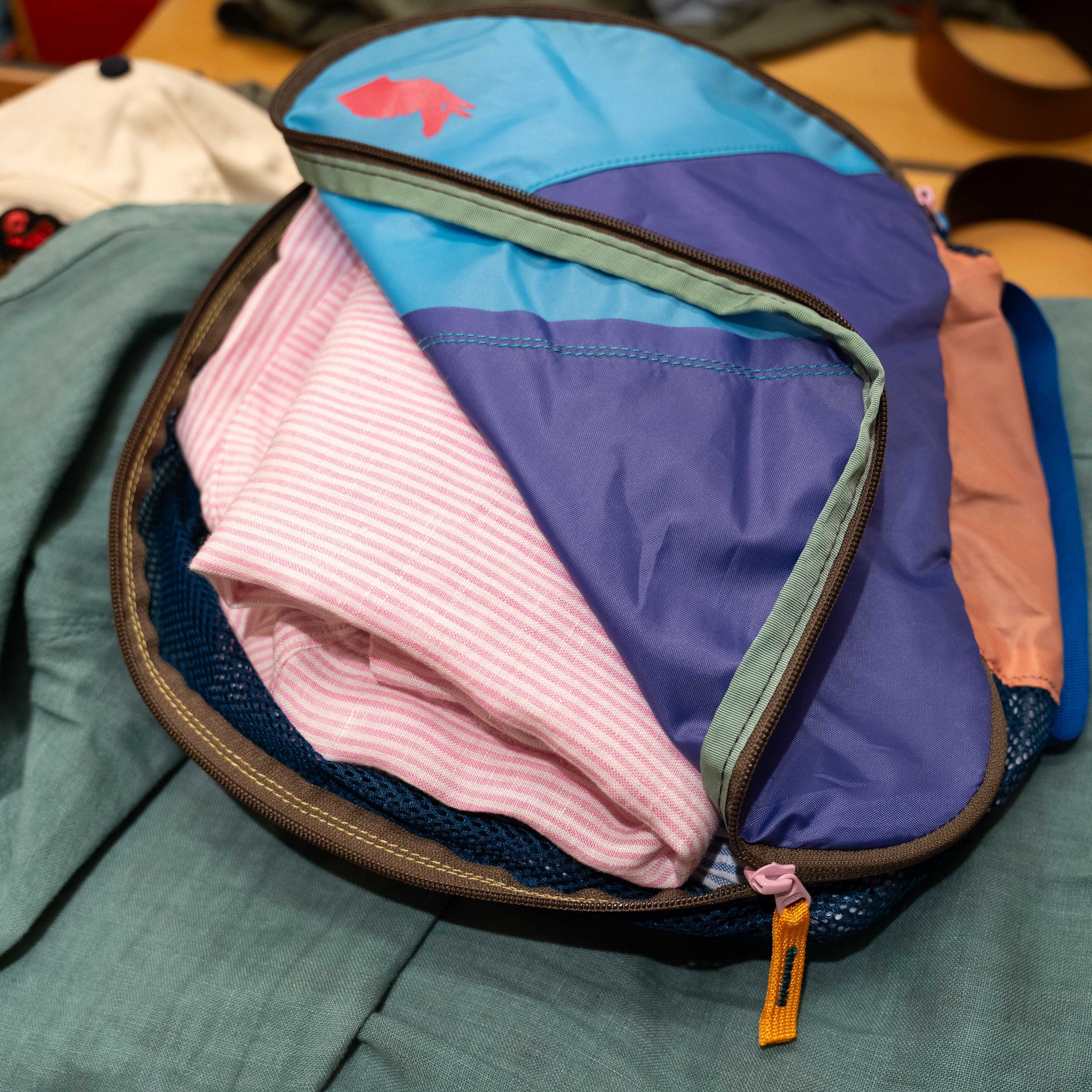
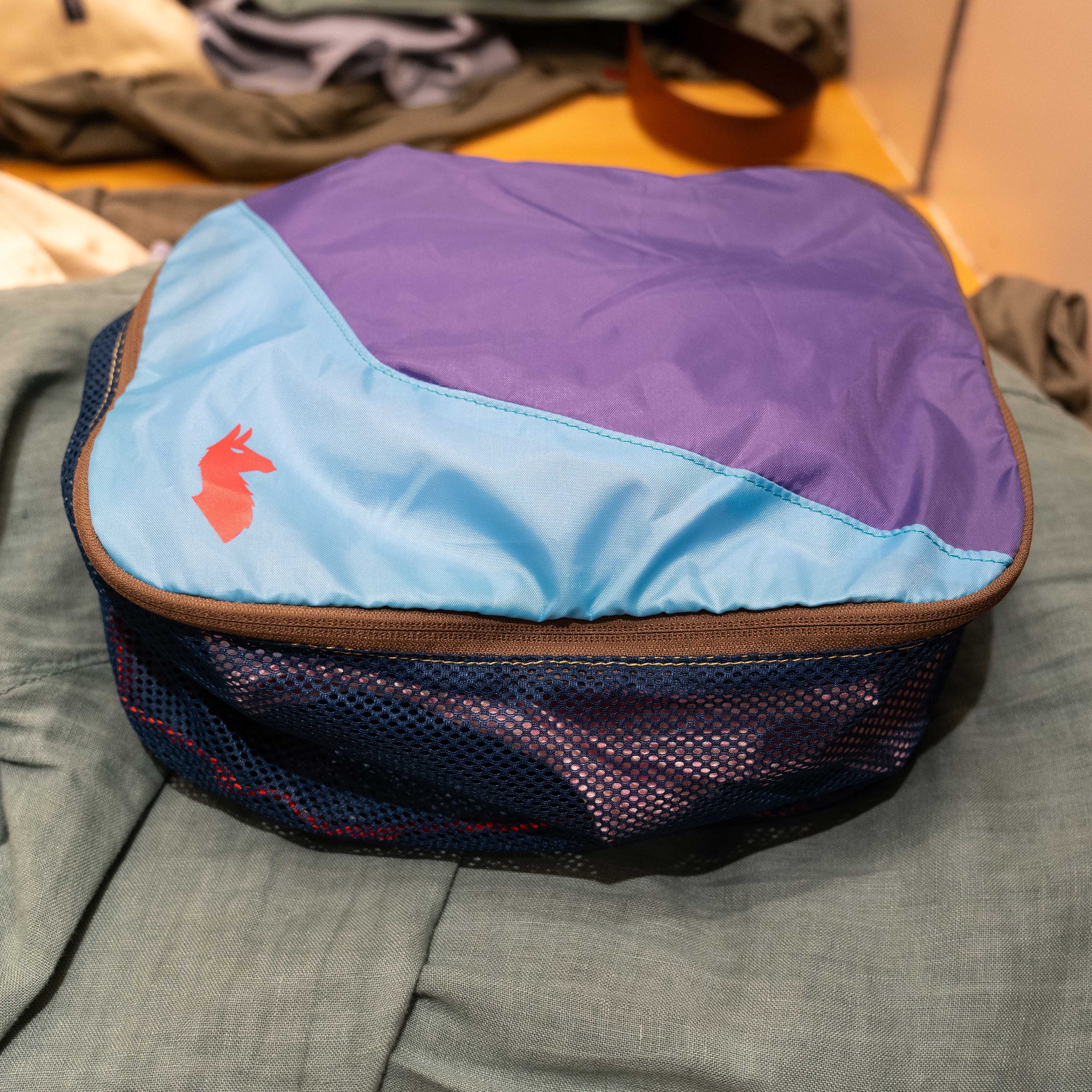

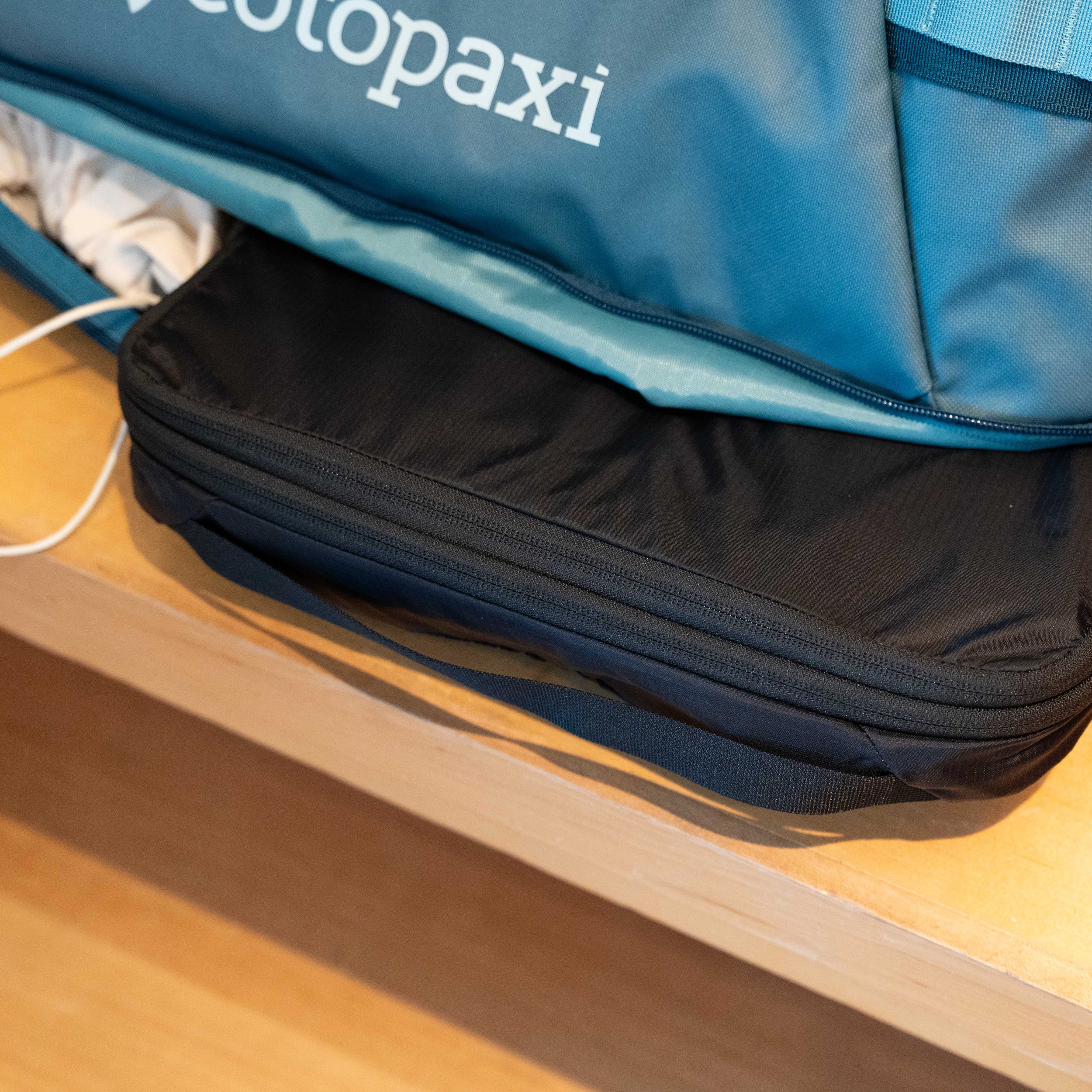
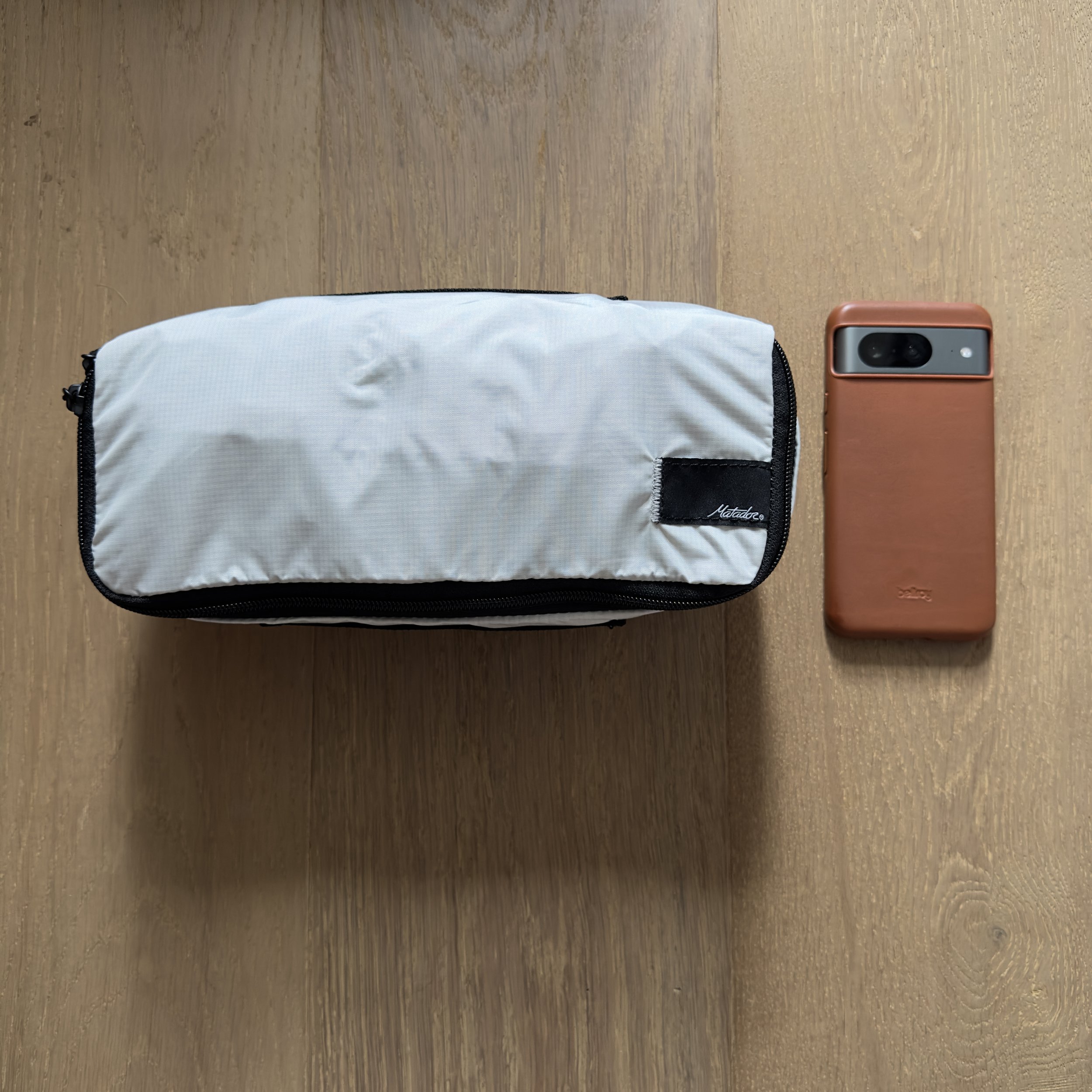

Final Thoughts On My Packing Cubes Comparison
Part 2 in the books. Packing cubes are a world unto themselves, I think. Many people don’t realize that until they Google: “packing cubes” or “best packing cubes”. Frankly, there are just as many packing cubes choices out there as bags - if not more. But there IS a light at the end of the tunnel and sources like here (hopefully) and forums like Reddit are great to help you narrow down your choices. Just remember, if you’re going to partake in the conversation online, come with some info. Ask about a few different kinds of cubes you’ve found, instead of using the community like Google and just saying “Tell me which packing cubes I should get” or “what are the best packing cubes”. Those questions aren’t helpful for you, or them. Their time is valuable too and while places like /Onebag are always willing to help, do some of the legwork first. You can do it.
The cubes mentioned here are sets that I own and use in various capacities. Some of which I bought just for doing this article because they are brands that get mentioned a lot in the community.
As you read the article above, take a look at how I categorized or ranked some of the feature sets in each, and use that to help you make the decisions for you based on what YOU find important. Don’t get paralyzed by choice, and don’t choose a set of cubes strictly because of why I like them. Use those pieces as inputs to help decide what fits you best and your scenario.
You’ve got a lot of choices when it comes to cubes, but you can do this. Don’t overthink it, but don’t under-think it either. I still think Eagle Creek is the best choice for most people. But there are more specialized use cases, brand loyalty, and just plain “I like the look” reasons to choose another brand.
Use the buttons below if you want to check any of these out for yourselves.
Wander more and wander smarter, everyone.
Like My Content? Feel Free To Buy Me A Coffee or Make A General Donation!
Head on over to our Travel Tips or Travel Accessories Reviews for more articles like this.
Please be sure to subscribe below, and follow us on Instagram @alwayswanderofficial for photos from our wanderings, and updates for when we post new articles and reviews!


